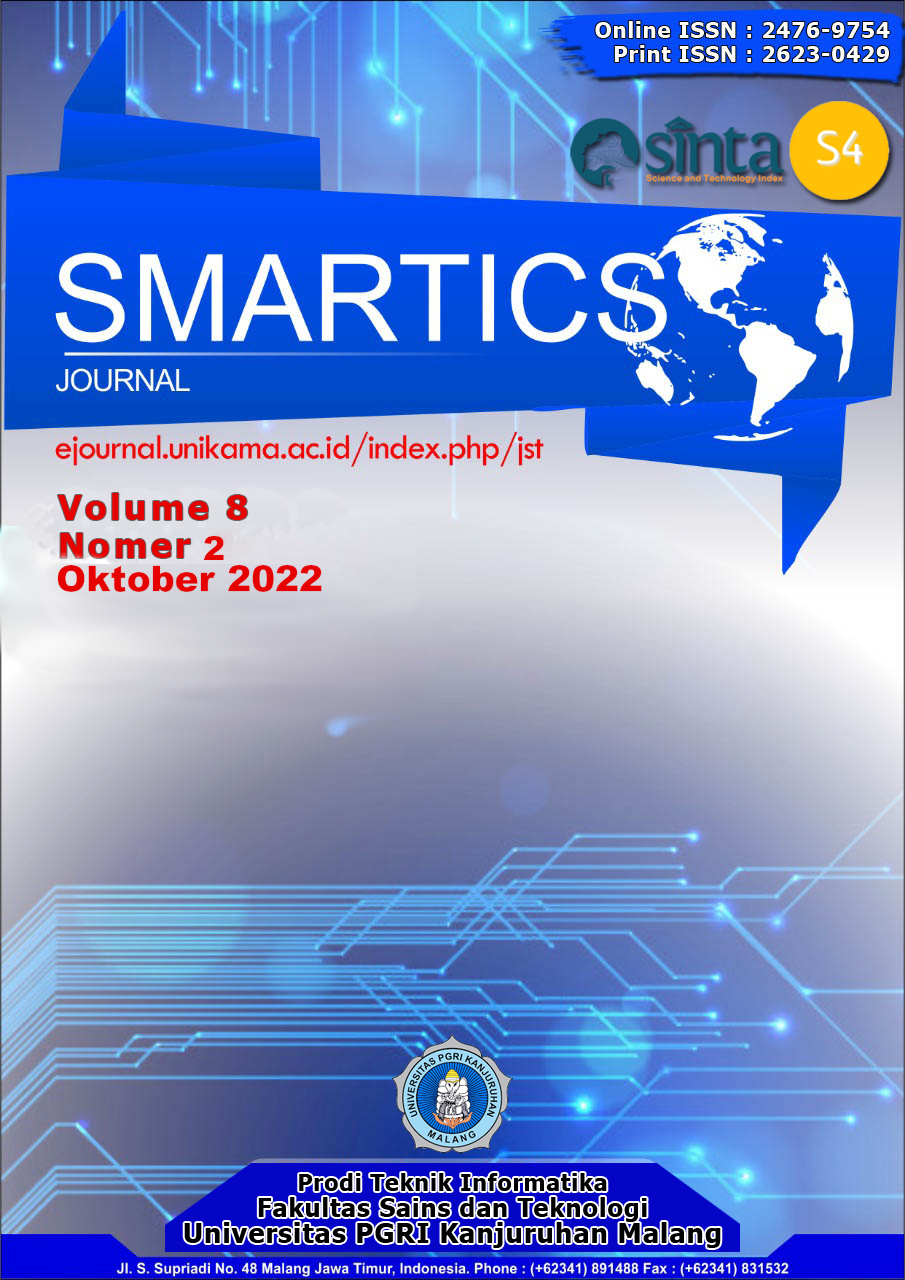Clustering Calon Penerima Zakat Menggunakan Metode K-Means (Studi Kasus di Provinsi Kalimantan Utara)
Abstract
Zakat is issued when it is able and the wealth has reached the nishab. Zakat funds are collected from zakat givers (muzakki) and then distributed to zakat recipients (mustahik). The problem that often arises when distributing zakat is the inaccurate determination of mustahik. This happened because of an error in the distribution of aid. Therefore, the purpose of this research is to develop a GUI-assisted Matlab application to help determine the clustering of poverty in prospective mustahik residents using the K-Means algorithm. The stages of the method in this study include 1) data collection, 2) data processing, 3) data clustering using the K-Means algorithm assisted by the GUI Matlab, 4) analyzing the output into three clusters. The results of this study are cluster 1 is a cluster with a low value which is included in the affluent region, namely the Bulungan region, cluster 2 is included in the middle region, namely Tarakan, Malinau and Tana Tidung, and cluster 3 is a cluster with a high value which is included in the less fortunate region, namely Nunukan region. This means that areas in cluster 3 should be prioritized by the government in giving zakat or other government assistance programs than areas in cluster 1 and cluster 2.
Authors
Copyright (c) 2022 Abdul Arif,Ratna Christyanti

This work is licensed under a Creative Commons Attribution-ShareAlike 4.0 International License.

This work is licensed under a Creative Commons Attribution-ShareAlike 4.0 International License.

